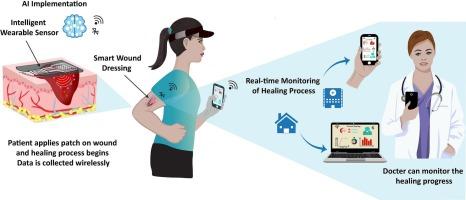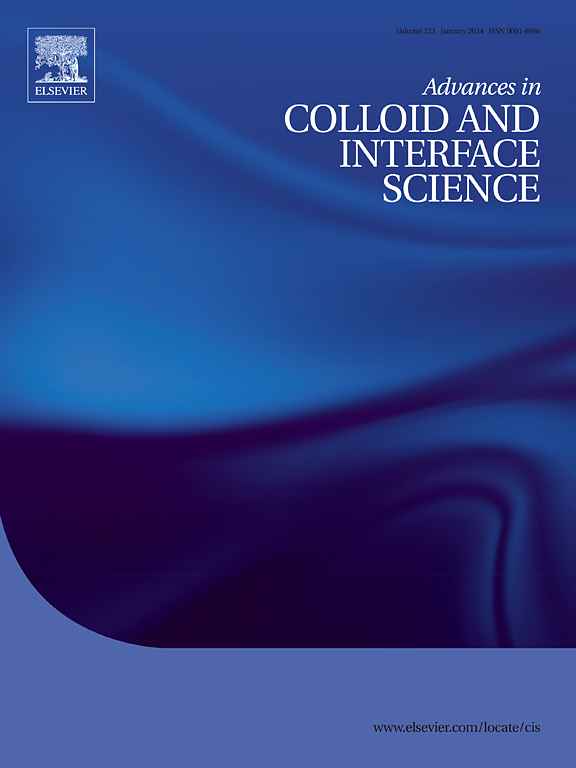Recent advancements in bioadhesive self-healing hydrogels for effective chronic wound care
IF 15.9
1区 化学
Q1 CHEMISTRY, PHYSICAL
引用次数: 0
Abstract
Chronic wounds are a critical and costly complication that affects millions of patients each year, especially patients suffering from diabetes, and constitute a serious global healthcare problem that needs immediate attention. In this direction, novel dressings that can integrate appropriate physicochemical and biological features, mechanical durability, and the capacity for therapy are of great clinical importance. For instance, self-healable hydrogels, with antibacterial activity and high tissue adhesion, have attracted increasing attention for wound management applications. Despite their potential, existing self-healable hydrogel networks exhibit limitations in mechanical strength and adhesion, tissue regeneration, antibacterial efficacy, and scalability, indicating a need for further improvement in the field. This review focuses on exactly these recent advances in the field with a special focus on self-healing adhesive hydrogel-based wound dressings as well as their structures, construction strategies, adhesion mechanisms, and emerging usage in the wound healing field. By shedding light on these developments, we aim to contribute to the ongoing pursuit of enhanced solutions for chronic wound care.

用于有效慢性伤口护理的生物粘性自愈合水凝胶的最新进展。
慢性伤口是一种严重而昂贵的并发症,每年影响着数百万患者,尤其是糖尿病患者,是一个需要立即关注的严重的全球医疗保健问题。在这方面,能将适当的物理化学和生物特性、机械耐久性和治疗能力融为一体的新型敷料具有重要的临床意义。例如,具有抗菌活性和高组织粘附性的自愈合水凝胶在伤口管理方面的应用已引起越来越多的关注。尽管具有潜力,但现有的自愈合水凝胶网络在机械强度和粘附性、组织再生、抗菌功效和可扩展性等方面都存在局限性,表明该领域需要进一步改进。本综述的重点正是该领域的最新进展,尤其关注基于自愈合粘合剂的水凝胶伤口敷料及其结构、构造策略、粘合机制和在伤口愈合领域的新兴应用。通过揭示这些发展,我们希望为不断追求更佳的慢性伤口护理解决方案做出贡献。
本文章由计算机程序翻译,如有差异,请以英文原文为准。
求助全文
约1分钟内获得全文
求助全文
来源期刊
CiteScore
28.50
自引率
2.60%
发文量
175
审稿时长
31 days
期刊介绍:
"Advances in Colloid and Interface Science" is an international journal that focuses on experimental and theoretical developments in interfacial and colloidal phenomena. The journal covers a wide range of disciplines including biology, chemistry, physics, and technology.
The journal accepts review articles on any topic within the scope of colloid and interface science. These articles should provide an in-depth analysis of the subject matter, offering a critical review of the current state of the field. The author's informed opinion on the topic should also be included. The manuscript should compare and contrast ideas found in the reviewed literature and address the limitations of these ideas.
Typically, the articles published in this journal are written by recognized experts in the field.

 求助内容:
求助内容: 应助结果提醒方式:
应助结果提醒方式:


